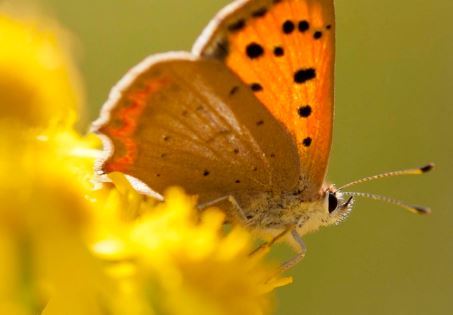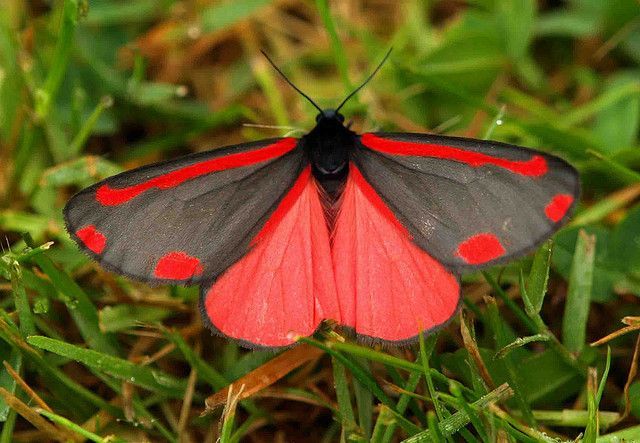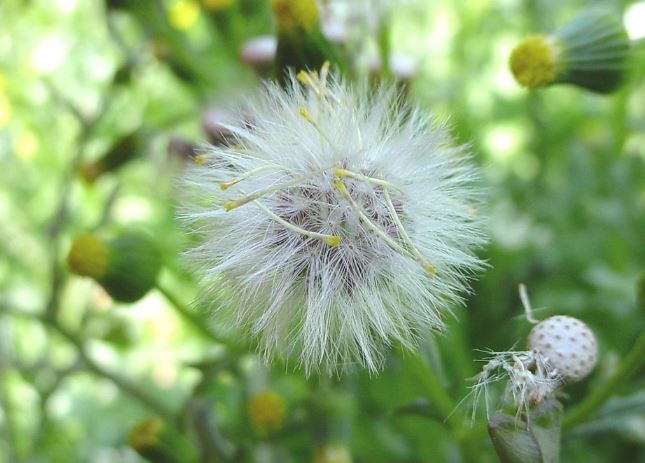AA #12: Pretty . . . Poisonous!

The cache, a camo-taped bison tube, is hidden at a farm animal barrier along Hallam Lane as it makes its way up towards Grassgarth Farm. Just before this in a patch of waste ground alongside the lane was a large attractive clump of familiar, very common flowers . . . of (common) ragwort (Senecio jacobaea) - one of the most divisive plants in the countryside.
It has several common and unusual names including stinking willie/nanny/ninny, tansy ragwort, benweed, St. James-wort, stagger/stammer/canker-wort, and dog standard.

A renowned 'weed' of paddocks, pastures and waste ground, its flowers are highly attractive to bees and other insects - it is one of the most frequently visited flowers by butterflies.
However, although its daisy-like, bright yellow flower heads may be pretty enough to the casual observer, they belie the poisonous nature of this plant. It is toxic to livestock and has been blamed for the deaths of many horses and other animals. Yet, it is a native wildflower valued for its copious nectar production, vital for numerous pollinating insects.

As a result, while farmers understand that ragwort can be dangerous to livestock, many recognise it for biodiversity and don’t advocate blanket removal.
Over 200 species of invertebrate recorded on it providing a home and food source to at least 77 insect species, 30 of which use it exclusively as their food source and for another 22 it forms a significant part of their diet.

A further 117 species use it as a nectar source whilst travelling between feeding and breeding sites, or between metapopulations. These consist mainly of solitary bees, hoverflies, moths, and butterflies such as the small copper butterfly (Lycaena phlaeas). Pollen is collected by solitary bees.

It is the food plant of the distinctive black-and-red cinnabar moth whose black-and yellow barred caterpillars sometimes cover the plant, totally stripping the leaves (see short video here).

It is a relatively tall, erect biennial (to 90cm), widely distributed in many types of habitat including grassland, verges, waste land and negelected or over-grazed pastures.
It flowers in its 2nd year from June to November bearing clusters of yellow, flattened flower heads, and leaves that look 'feathery' because they are very divided. Over a season, one plant may produce up to 2,500 yellow flowers in up to 20-60 headed, flat-topped corymbs. These can bear over 60,000 wind-dispersed seeds which may make it difficult to manage.

It contains toxins called pyrrolizidine alkaloids which if ingested in sufficient quantities, can cause liver poisoning in horses, cattle and to a lesser extent, sheep. It is a cumulative poison that eventually leads to the rapid onset of symptoms before death. However, symptoms are variable and resemble those of several other diseases.
As, often is the case with such issues, the actual extent and impact of livestock poisoning is not known but is probably greatly exaggerated, as properly documented cases are rare, and further research is required. Livestock normally avoid eating ragwort as it has a bitter taste, but it could cause problems if it gets mixed in with mown hay (see here).
See also here for more info on this potentially problematic but ecologically important plant and see short videos here (background), and here (Deadly or Misunderstood?
